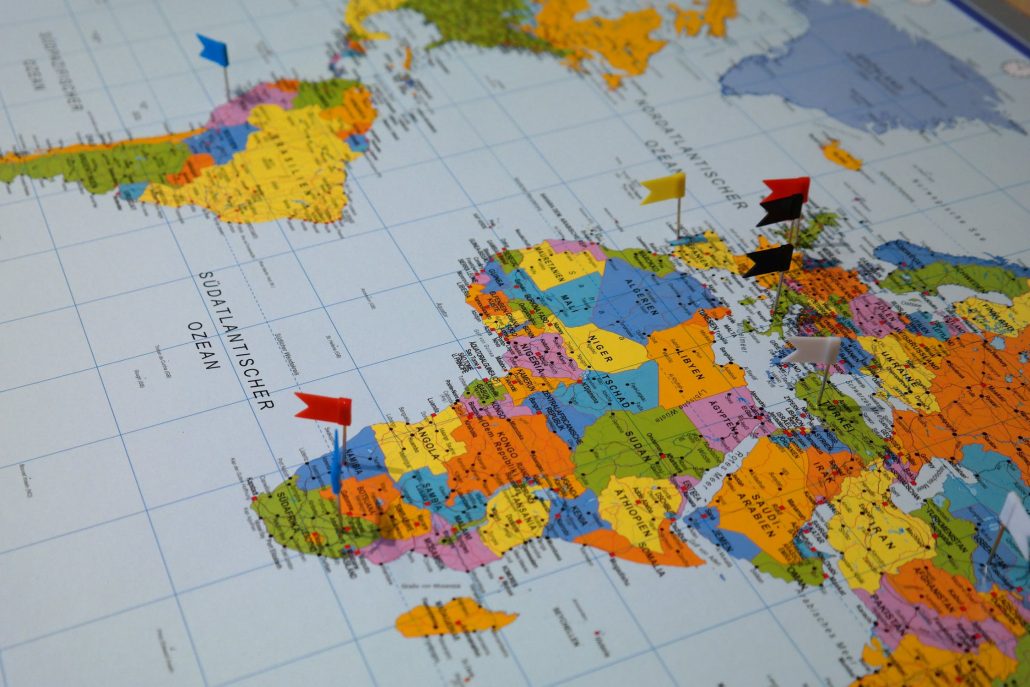Discussing Culture at Home

Because cultural diversity is something that all children will be exposed to throughout their schooling, it is important for families to have a handle on the topic as well. Truth be told, an appreciation for diversity and cultural differences begins in the home. Why? Well, children learn from what they see, hear, and experience. Therefore, a parent’s opinion of their own culture or someone else’s is likely to trickle down to the child. Consequently, prejudice or animosity towards another’s culture can also be passed down. Like it or not, children can be predisposed to dislike others based on their beliefs, traditions, or values. This is why it is so important to have conversations about cultural diversity and appreciation early on so that children can have a strong foundation of respect for others.
- You are your child’s first and best role model. Therefore, it is imperative that you think about how you speak to and about others. Be direct and deliberate about your appreciation for others. Remind your child that beauty is on the inside; it’s not correlated with any particular skin tone, body type, facial structure, etc. If you catch yourself saying something ignorant or insensitive, have an open and honest discussion with your child about how you were wrong in making that remark. Brushing it under the rug or claiming that you were “just kidding” only perpetuates the problem of ignorance. Seeing you correct yourself will demonstrate an important lesson to your child about owning up to and apologizing for one’s own cultural deficits.
- Utilize the abundant options of children’s books available to introduce different cultures, religions, and lifestyles. Titles such as Where Does God Live?, Over the Moon, Don’t Call Me Special, and The Skin You Live In are great resources to begin conversations around identity, diversity, and respect. Introduce movies, music, and television shows that depict an array of different cultures, traditions, or family units. The more we expose our children to different cultures, the more they will begin to value their diverse classrooms, neighborhoods, and communities.
- Show your children that learning about how others live can be fun—and tasty! Incorporate a few new menu options to give your child a taste of another culture. Make it a family event and get the kids cooking in the kitchen. Talk about how certain foods or meals are used for specific celebrations in other parts of the world. Then, mark the calendar and prepare to celebrate holidays and events like Cinco de Mayo, the Chinese New Year, Fat Tuesday, or the Special Olympics. You can also help to make connections to other cultures by equating your own traditions with others’ traditions. For instance, if your child is having a sweet 16, discuss how that party might be similar to a bar mitzvah or Quinceañera.








